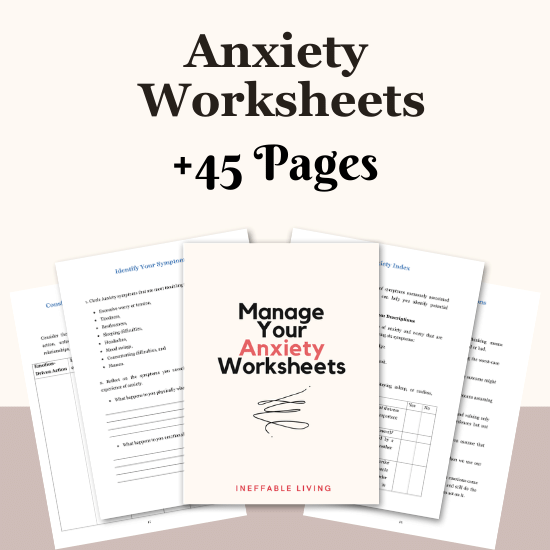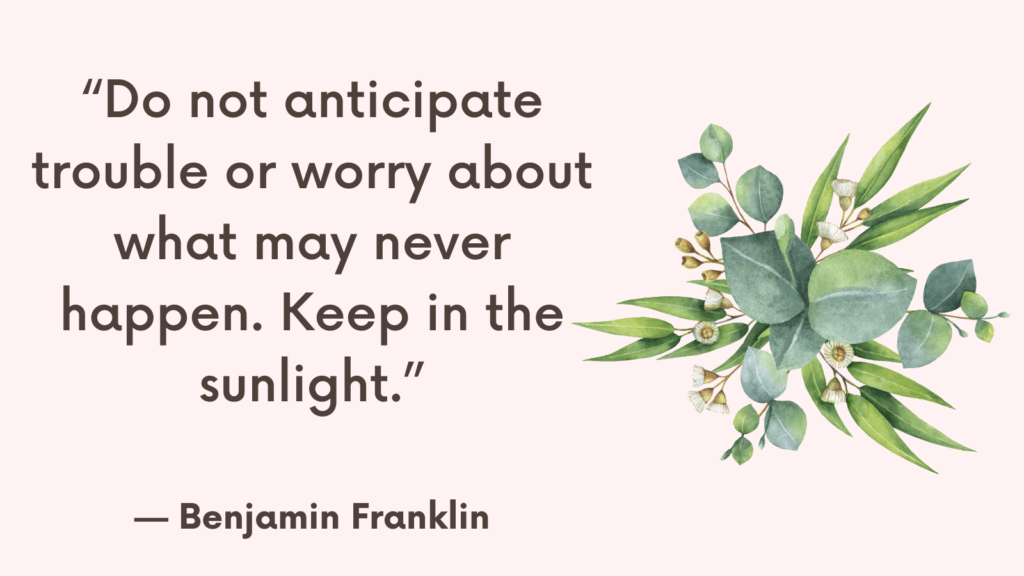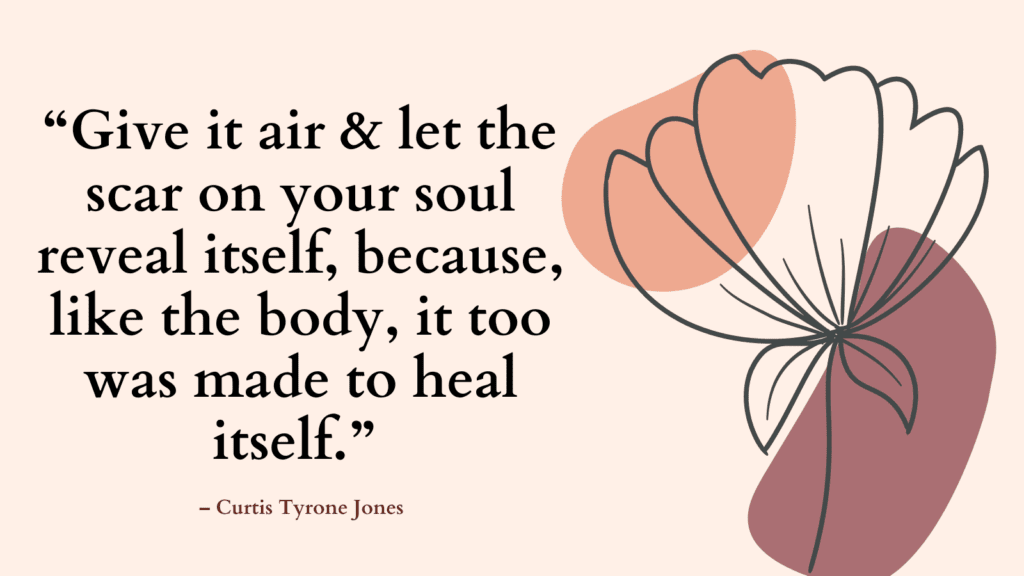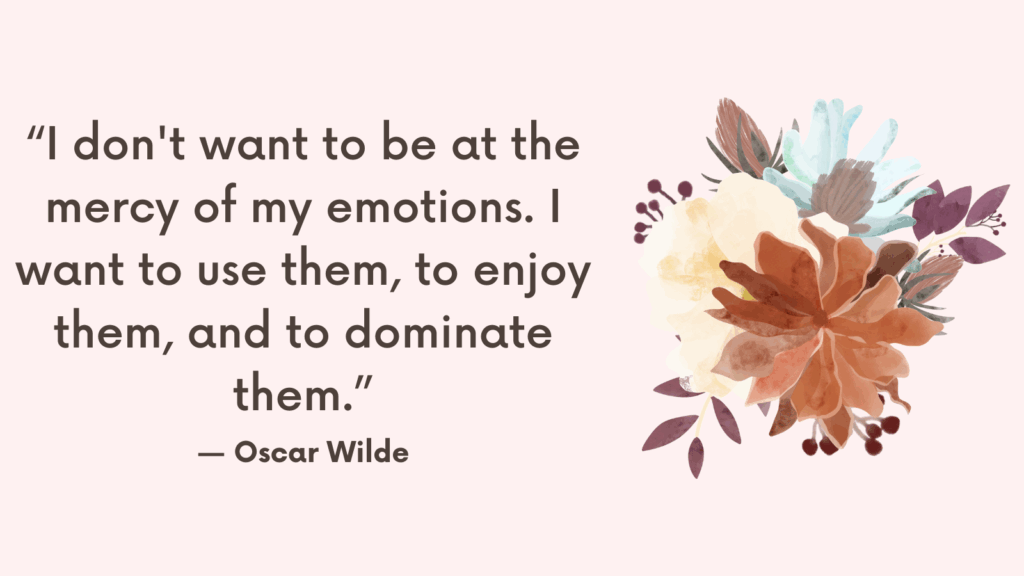Anxiety can be a challenging emotion to navigate, especially when it spirals into anxiety about anxiety.
This meta-anxiety, or the fear of experiencing anxiety, can create a cycle that feels impossible to break.
In this post, we’ll explore practical strategies to interrupt this cycle and manage your anxiety more effectively.
The Modern Lie About Anxiety
Our culture often portrays anxiety as a dangerous and harmful emotion, suggesting that experiencing anxiety is inherently bad and must be avoided at all costs.
This narrative is pervasive, fueled by media and cultural messages that emphasize constant happiness and the avoidance of discomfort.
However, the truth is that anxiety itself is not harmful. It’s a natural, physiological response meant to help us handle perceived threats.
Related: Top 10 Practical CBT Exercises For Generalized Anxiety Disorder Relief
The Purpose of Anxiety
Anxiety is your body’s way of preparing you to face challenges.
It triggers the fight/flight/freeze response, which can be incredibly useful in genuine danger.
However, in modern life, we often experience anxiety in situations that don’t require such a heightened response, leading to unnecessary stress.
This can make us fear the sensation of anxiety itself, creating a cycle of anxiety about anxiety.
The Real Danger: Chronic Anxiety
While occasional anxiety is normal and even beneficial, chronic anxiety can lead to health problems.
Chronic stress and anxiety can contribute to physical ailments, but it’s essential to recognize that these conditions are manageable.
By learning to handle anxiety constructively, you can prevent it from becoming a chronic issue.
Related: High Functioning Anxiety Test (& How To Support Anxiety Recovery)
The Anxiety Spiral
When we become anxious about anxiety, we engage in behaviors that exacerbate the problem.
This might include trying to force ourselves to calm down or becoming hyper-aware of our physical sensations.
These efforts to control or avoid anxiety can make the feelings stronger, trapping us in a spiral.
Examples of Anxiety About Anxiety
- Forcing yourself to sleep when anxious about insomnia, which only increases anxiety and makes sleep harder to achieve.
- Trying to slow your breathing during a presentation, but the anxiety makes it faster, leading to shakier hands and increased panic.
- Worrying about future anxiety attacks, which leads to constant vigilance and avoidance behaviors.
Related: How to Relieve Anxious Sensations In Your Body?
How to Break the Anxiety Cycle In 5 Practical Steps?
1. Challenge the Belief that Anxiety is Dangerous
The first step is to change your mindset about anxiety.
Understand that it is safe to have emotions, including anxiety.
Emotions are a natural part of being human and do not pose a danger in themselves.
2. Lean In, Not Out
Instead of resisting anxiety, practice acceptance and compassion towards your anxious feelings.
Recognize that struggling against anxiety often makes it worse.
Allow yourself to feel anxious without judgment.
Example:
– Thought: “If I can’t sleep, I’ll be miserable tomorrow.”
– Acceptance: “It’s okay if I don’t sleep well tonight. I can handle feeling tired.”
Related: 8 Signs You Are Recovering From Anxiety
3. Practice Shifting Your Attention
When you feel anxious, you might focus intensely on your physical sensations.
Instead, try shifting your attention to other sensations or your environment.
This technique, called pendulation, involves gently moving your focus from internal sensations to external ones.
Example:
– Internal Focus: Notice your fast heartbeat and acknowledge it.
– External Shift: Then, listen to the sounds around you or notice the colors in the room.
4. Allow Anxiety and Refocus on Your Values
Acknowledge your anxiety, but then gently redirect your attention to what you care about.
This helps you stay engaged with your values and goals despite feeling anxious.
Example:
– Anxiety: “I feel anxious about this presentation.”
– Value: “I want to share my ideas, so I’ll focus on doing my best.”
Related: Top 7-Day Acceptance Challenge For A Peaceful Life
5. Accept What You Can’t Control and Focus on What You Can
You can’t control whether you feel anxiety, but you can control how you respond to it.
Practice acceptance of your feelings and shift your focus to actions you can take.
Example:
– Uncontrollable: “I can’t stop feeling anxious.”
– Controllable: “I can be kind to myself and choose to focus on my work.”
Implementing These Strategies
These strategies require practice and patience. Here’s how to start incorporating them into your daily life:
1. Daily Practice
Set aside time each day to practice these skills.
Whether it’s during a moment of anxiety or as a preventive measure, regular practice can help you become more comfortable with these techniques.
2. Mindfulness and Self-Compassion
Mindfulness practices, such as meditation or mindful breathing, can enhance your ability to stay present and accept your emotions without judgment.
Self-compassion exercises can also help you treat yourself with kindness during anxious moments.
Related: Best 6 Mindfulness Exercises For Beginners (+FREE Resources)
3. Journaling
Keep a journal to track your experiences with anxiety and your use of these strategies.
Reflecting on what works and what doesn’t can help you fine-tune your approach.

Conclusion
Anxiety about anxiety can feel like an inescapable cycle, but with the right strategies, you can break free.
By changing your mindset, accepting your feelings, and shifting your focus to your values, you can manage anxiety more effectively.
Remember, it’s not about eliminating anxiety but learning to live with it in a way that allows you to thrive.



